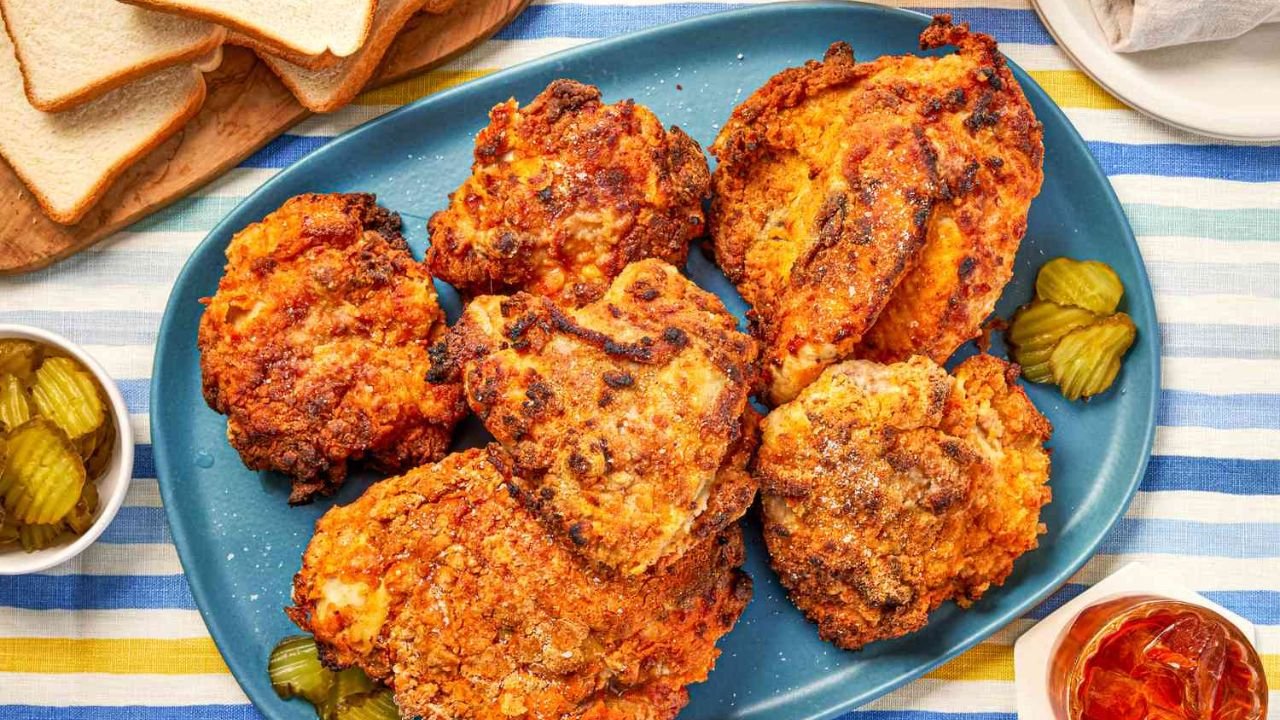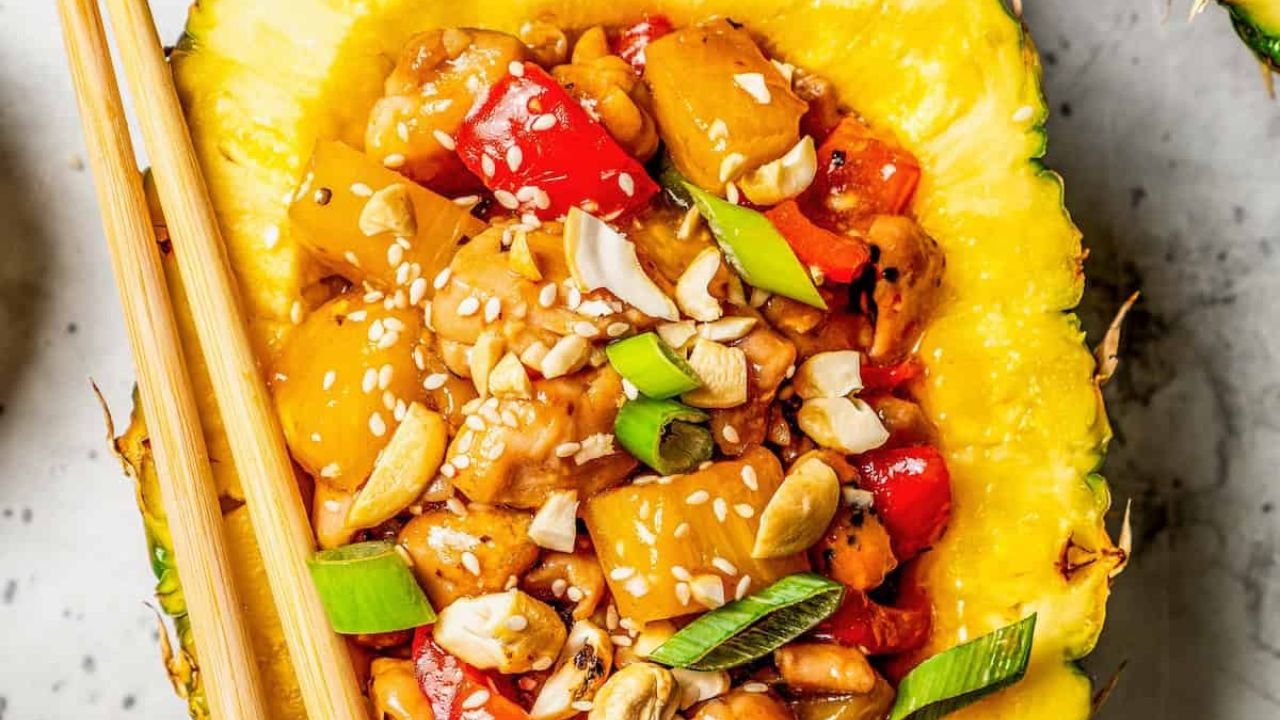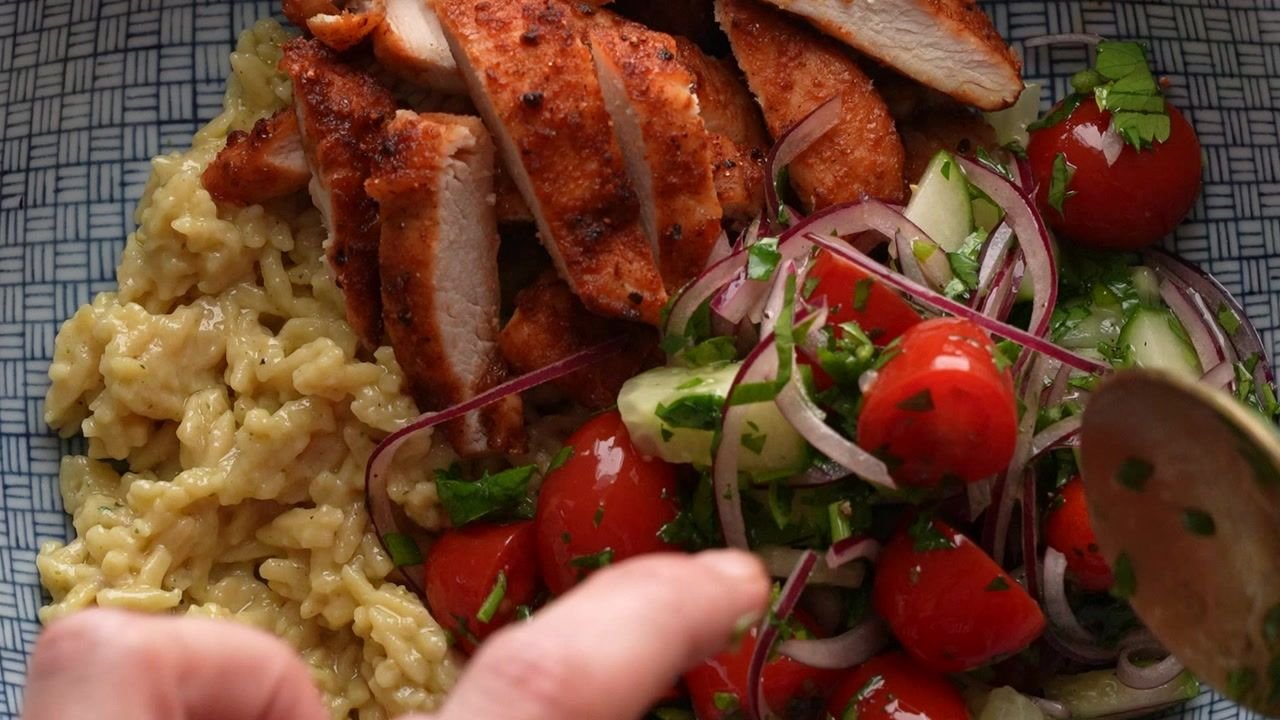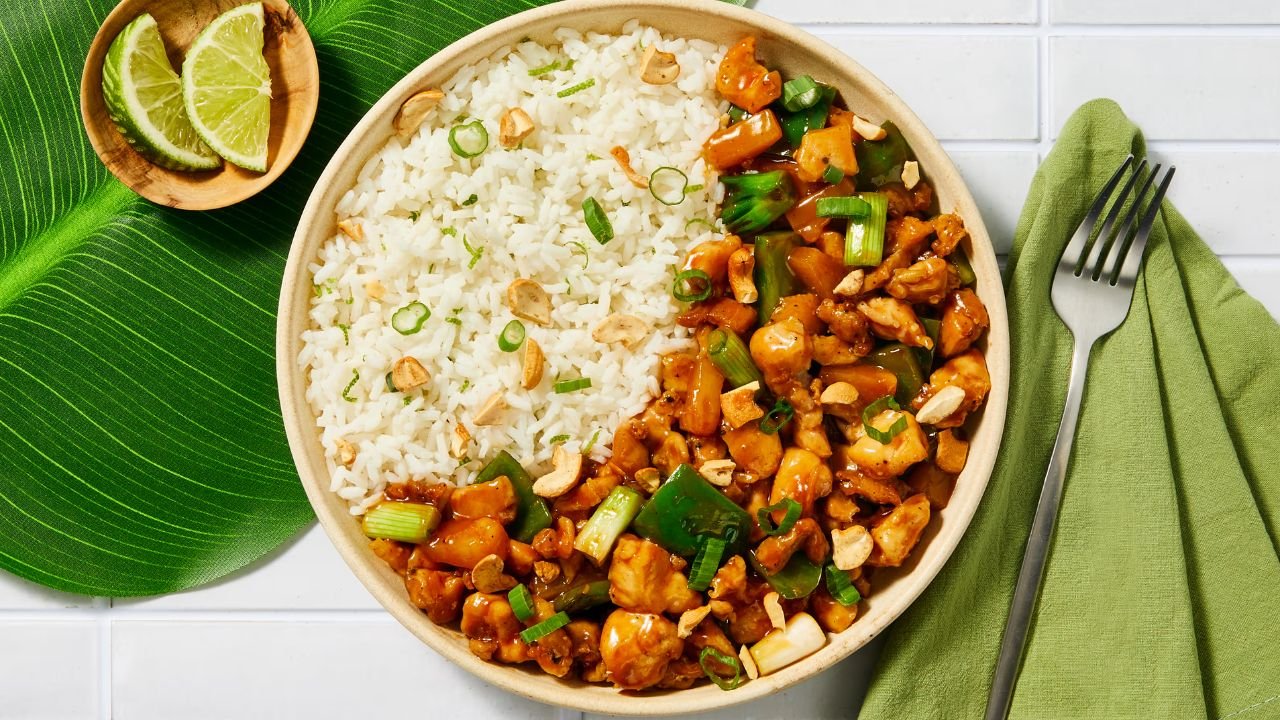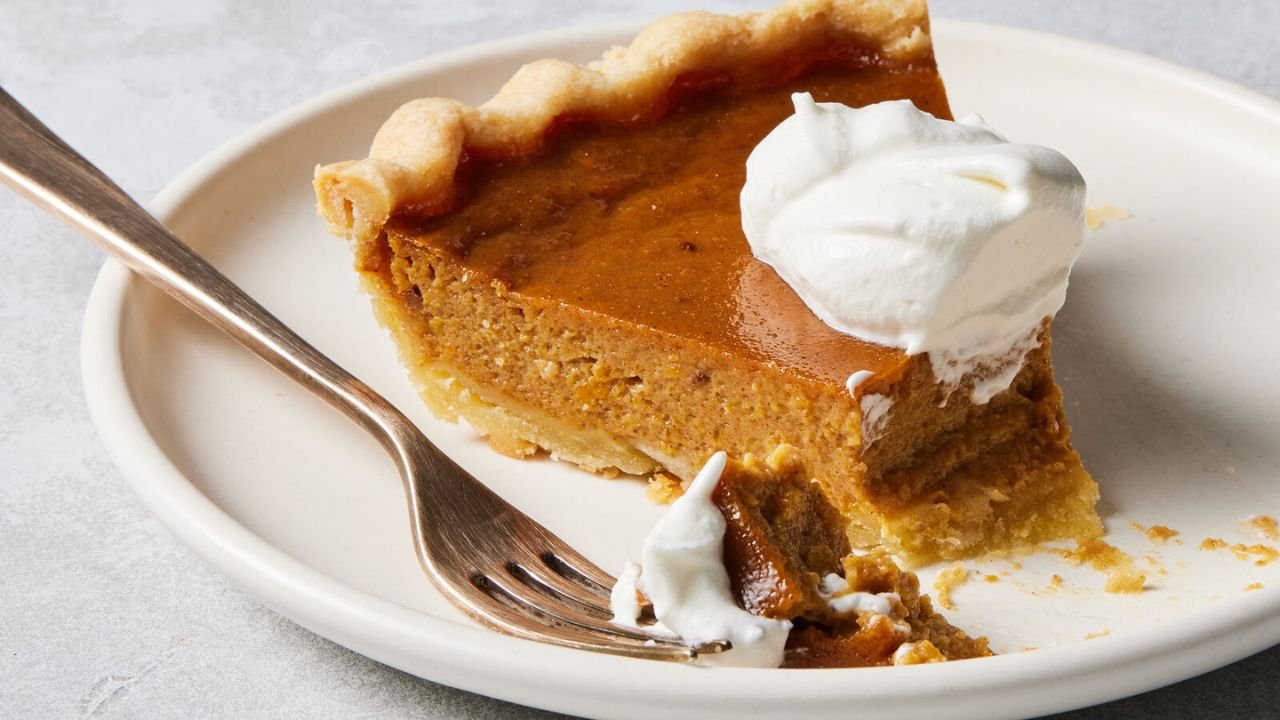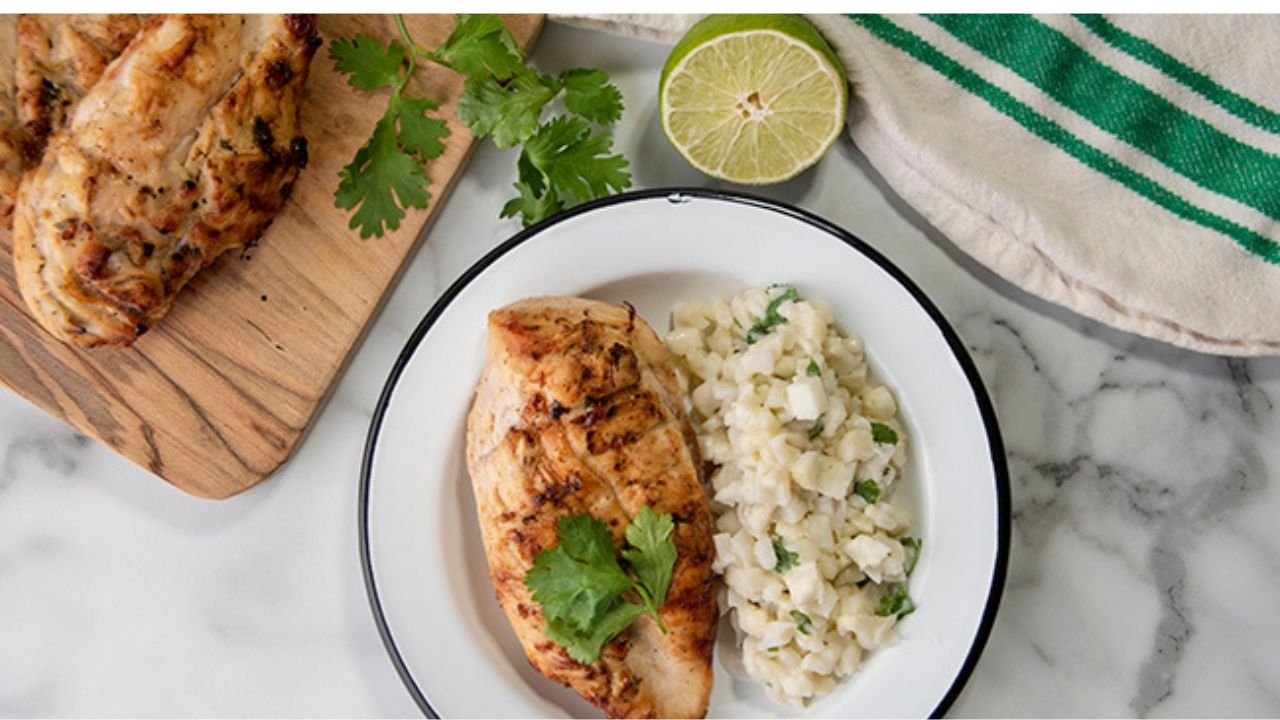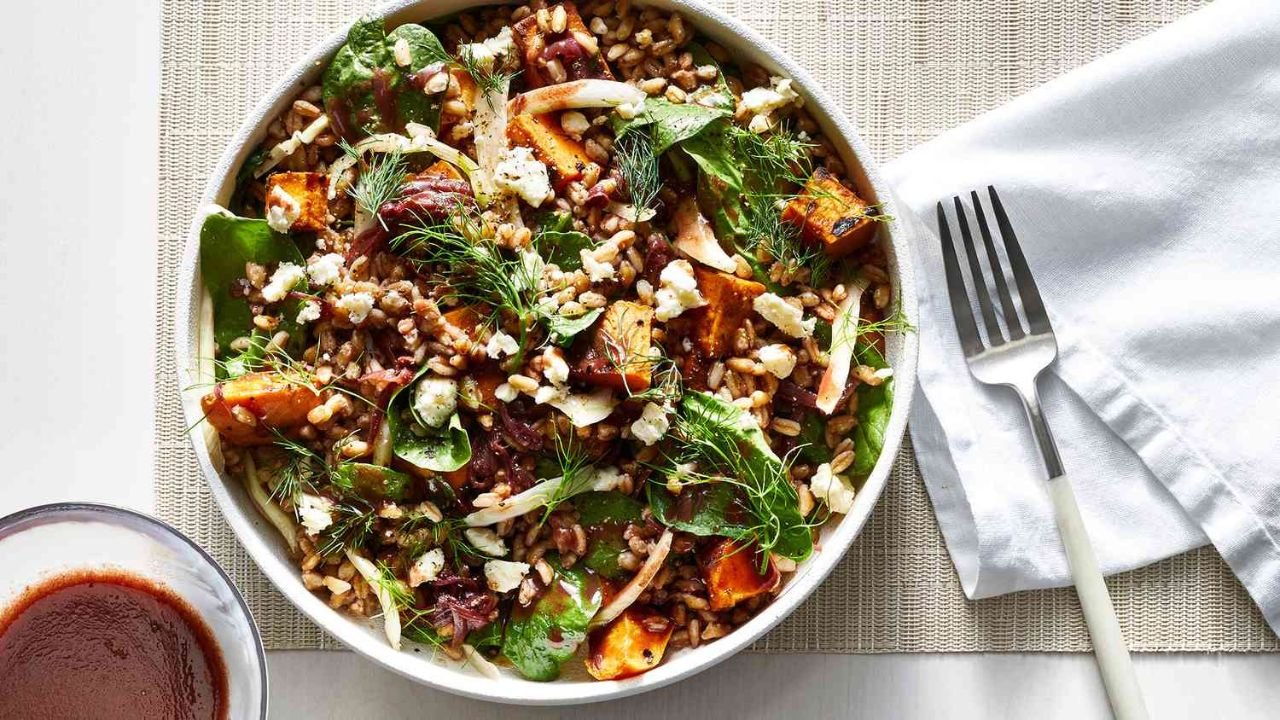Introduction
Taco salad has become a beloved staple in American cuisine, especially within the Tex-Mex tradition—a vibrant fusion of Mexican and Texan culinary influences. Its popularity stems from its versatility, bold flavors, and the satisfying combination of crunchy textures, savory fillings, and fresh toppings. Whether served as a hearty lunch or a festive dinner, Tex-Mex Taco Salad embodies the spirit of casual, flavorful, and customizable eating.
This comprehensive guide delves deeply into the origins of taco salad, the essential ingredients, step-by-step preparation methods, variations, cultural influences, nutritional considerations, presentation ideas, and expert tips. Whether you’re a home cook aiming to perfect your version or a culinary enthusiast seeking inspiration, this article aims to be your ultimate resource.
The Origins and Cultural Context of Taco Salad
Historical Background
Taco salad traces its roots to the Tex-Mex culinary tradition—an Americanized adaptation of Mexican cuisine that developed in Texas and southwestern states. Its popularity surged in the mid-20th century as a convenient, all-in-one dish that combines seasoned meat, fresh vegetables, cheese, and crunchy chips.
Evolution of the Dish
Initially, taco salads were served in taco shells or tortilla bowls, offering the portability of traditional tacos. Over time, the dish evolved into a deconstructed salad served in bowls or on plates, emphasizing freshness and customization.
Cultural Significance
Taco salad exemplifies the blending of Mexican flavors with American ingredients and dining preferences. Its adaptability makes it suitable for casual family meals, potlucks, and parties. The dish also represents the broader trend of “deconstructed” or “build-your-own” meals, emphasizing personalization.
Core Ingredients and Their Selection
Proteins
- Ground Beef: Classic choice, seasoned with taco spices.
- Chicken: Cooked and shredded or diced, for a leaner option.
- Turkey or Vegetarian Proteins: For lower-fat or plant-based versions.
- Seafood: Shrimp or fish for seafood-inspired taco salads.
Tortilla Chips
- Type: Corn tortilla chips, preferably thick and crunchy.
- Preparation: Store-bought or homemade baked or fried chips.
Vegetables
- Lettuce: Romaine or iceberg, chopped finely.
- Tomatoes: Ripe, diced.
- Onions: Red or white, diced.
- Bell Peppers: Colorful, sliced or diced.
- Corn: Fresh, canned, or grilled.
- Jalapeños: Sliced, for heat.
- Avocado or Guacamole: Creaminess and richness.
- Black Beans: Rinsed and drained, optional but common.
Cheese
- Cheddar: Sharp or mild, shredded.
- Monterey Jack: Melty and mild.
- Queso Fresco or Cotija: Crumbly, traditional Mexican cheeses.
- Mexican Blend: Pre-shredded cheese mixes.
Toppings & Garnishes
- Sour Cream: For creaminess.
- Salsa or Pico de Gallo: Fresh and tangy.
- Cilantro: Chopped, for fresh flavor.
- Lime Wedges: For squeezing.
- Hot Sauce: For added spice.
- Olives: Sliced black or green, optional.
Seasonings and Dressings
- Taco Seasoning: A blend of chili powder, cumin, paprika, garlic powder, onion powder, oregano, salt, and pepper.
- Ranch or Cilantro-Lime Dressing: Optional dressings to add flavor and moisture.
Preparing a Classic Tex-Mex Taco Salad: Step-by-Step
1. Prepare the Protein
- Ground Beef or Chicken: Cook in a skillet over medium heat.
- Seasoning: Add taco seasoning mix or homemade blend. Cook until browned and flavorful.
- Alternative Proteins: For vegetarian versions, sauté beans or grilled vegetables.
2. Prepare the Vegetables
- Lettuce: Rinse thoroughly, dry, and chop finely.
- Tomatoes, Onions, Bell Peppers: Dice or slice uniformly.
- Corn: If using fresh, grill or sauté briefly for extra flavor.
- Jalapeños: Slice thinly for heat.
- Avocado: Slice or prepare guacamole.
3. Assemble the Salad
- Base Layer: Spread chopped lettuce in a large salad bowl.
- Add Proteins: Distribute cooked, seasoned meat evenly.
- Layer Vegetables: Add diced tomatoes, onions, peppers, corn, and jalapeños.
- Add Beans: Sprinkle black beans for added protein and fiber.
- Cheese: Generously sprinkle shredded cheese over the top.
- Crunch: Crumble queso fresco or cotija cheese if using.
4. Top with Chips and Garnishes
- Tortilla Chips: Add just before serving to maintain crunch.
- Garnishes: Dollops of sour cream, salsa, chopped cilantro, lime wedges, hot sauce.
5. Serving
- Toss lightly to combine or serve layered for presentation.
- Serve immediately to preserve the crunch of the chips.
- Provide extra toppings and dressings on the side.
Variations and Creative Twists
Protein Variations
- Seafood: Grilled shrimp or fish for a seafood taco salad.
- Vegetarian & Vegan: Use plant-based proteins like tofu crumbles, tempeh, or lentils.
- Slow Cooker or Oven-Braised Options: For a more tender, flavorful meat.
Vegetarian & Vegan Options
- Replace meat with seasoned lentils, beans, or textured vegetable protein (TVP).
- Use vegan cheese and plant-based sour cream and dressings.
- Incorporate grilled vegetables like zucchini, mushrooms, or roasted sweet potatoes.
Flavor and Spice Customization
- Adjust spice levels with hot sauce, chili powder, or fresh chilies.
- Add smoked paprika or chipotle for smoky flavors.
- Incorporate cumin or coriander for extra warmth.
Healthier Alternatives
- Use baked or baked-to-order chips instead of fried.
- Opt for low-fat cheese or reduce cheese quantity.
- Load up on fresh vegetables for added fiber and nutrients.
- Use Greek yogurt instead of sour cream for protein and probiotics.
Fusion Variations
- Southwest Salad: Add roasted sweet potatoes and blackened chicken.
- Mexican Street Corn Salad: Incorporate grilled corn with chili-lime dressing.
- Tex-Mex Burrito Bowl: Serve components over cauliflower rice or brown rice.
Nutritional Aspects and Health Considerations
Nutritional Benefits
- Protein: Lean meats, beans, and cheese contribute to muscle maintenance and satiety.
- Fiber: Vegetables, beans, and whole chips provide dietary fiber.
- Vitamins & Minerals: Tomatoes, peppers, and greens supply vitamins A, C, K, and folate.
- Healthy Fats: Avocado and olive oil (if used in dressings).
Potential Nutritional Concerns
- Sodium: Processed seasoning mixes and cheese can be high in salt.
- Calories: Chips and cheese add calories; moderation is key.
- Fat Content: Cheese and sour cream contribute saturated fats.
Tips for a Healthier Version
- Use baked chips and minimal cheese.
- Incorporate more fresh vegetables.
- Use low-fat or reduced-sodium ingredients.
- Serve with a side of fresh fruit or a light soup.
Presentation and Serving Ideas
- Serve in large bowls or individual salad plates.
- Garnish with extra cilantro, lime wedges, and sliced jalapeños.
- Offer a variety of toppings on the side for customization.
- Accompany with warm tortillas or crispy taco shells for added crunch.
Tips for Perfecting Your Taco Salad
- Prepare all ingredients in advance for assembly.
- Use fresh, high-quality produce for vibrant flavors.
- Balance the flavors—sweetness from corn and tomatoes, heat from peppers, acidity from lime and salsa.
- Keep chips crunchy by adding them just before serving.
- Experiment with different proteins and dressings to find your favorite combination.
Final Thoughts and Inspiration
Tex-Mex Taco Salad is a celebration of bold flavors, contrasting textures, and customizable ingredients. Its flexibility allows for endless variations, accommodating dietary needs, flavor preferences, and ingredient availability. Whether you prefer it loaded with meat and cheese or light and veggie-packed, this dish promises to deliver satisfying, vibrant flavors in every bite.
From casual family dinners to festive gatherings, mastering the art of crafting a delicious taco salad can elevate your menu options and bring a bit of the Southwest into your home. Remember, the key lies in balancing flavors, choosing fresh ingredients, and having fun experimenting with new twists.
Conclusion
Tex-Mex Taco Salad epitomizes the spirit of fusion cuisine—combining the heartiness of traditional Mexican flavors with the American love for salads and customization. Its rich history, diverse ingredients, and endless variations make it a versatile and crowd-pleasing dish.
By understanding the essential components and techniques outlined in this guide, you can craft your perfect version tailored to your taste, dietary preferences, and occasion. Whether serving it as a quick weeknight dinner or as part of a festive spread, taco salad is sure to satisfy and delight.


